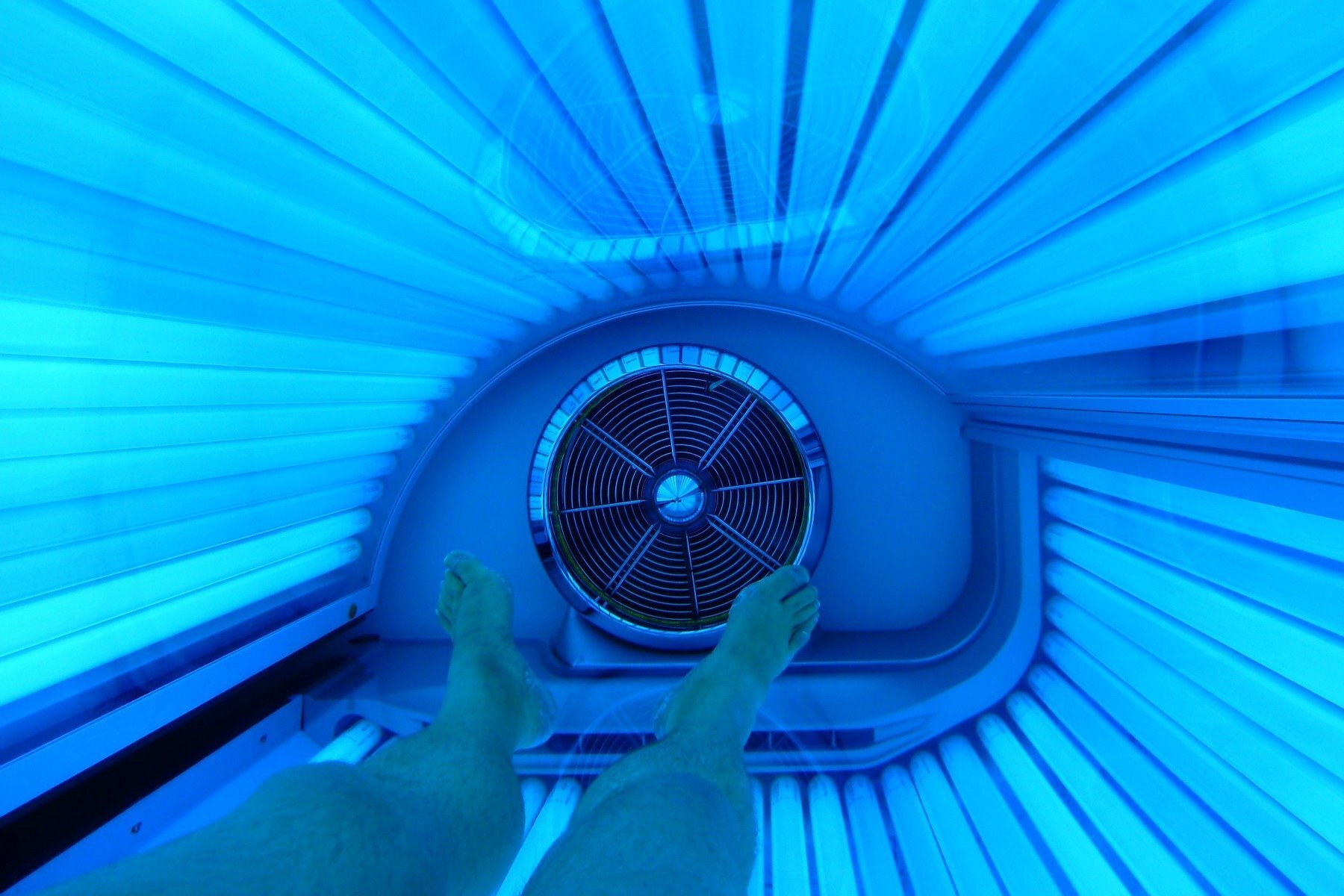A Black woman stands before the sink in a public restroom. For a few moments, she stands alone at the sink, washing her hands and looking into the mirror. As she moves to dry her hands, a white woman approaches and places her wrist next to the Black woman’s. “Look!” she cries. “My skin is the same color as yours! I just got a tan.” Annoyed, the young Black woman forces a polite smile and excuses herself from the restroom.
The woman in that story is my grandmother. Her experience is by no means an anomaly or unlike that of other Black women. As the weather gets warmer, there is a consistent population of people, often white people, that are eager to make their skin as dark or “tan” as possible. The odd obsession with manufacturing a darker skin tone feeds into an array of racial transgressions that begin with comparing skin tones with a person of color and eventually leads to cultural appropriation and, even, blackface. These actions along with the ideology behind them are not only dangerous but also reinforce the stereotypes that people of color already face every day.
Why Tanning Can Lead to Cultural Appropriation
Artificial tanning is a rather simple endeavor, especially given the vast amount of products that exist to help people achieve darker complexions; lotions and oils are available for purchase at nearly every convenience store or beach shop during the summer. If there is a desire to remain a different complexion year-round, tanning salons and spray tans offer an easy and even sometimes at-home solution.
On the surface, tanning is harmless, especially when tanning products are used to slightly enhance what is already a natural tan. Tanning becomes a distinct issue when it is done in excess and the color achieved is far darker than a person’s original complexion. The problem with this, aside from the obvious danger it can pose to a person’s skin, is that the more a person tans, the more obvious it is that they are intent on appearing as a race other than their own. Such motives are already dangerous on their own by making room for people to personify stereotypes that are often associated with people of color — something that creates an entirely different monster.
Too often, people will tan to dark complexions and realize that they have achieved the same complexion as a person of color and become eager to act out the stereotypes associated with them. For example, a white person may tan to an extremely dark complexion and feel the need to take on traits that are considered “ghetto” when fulfilled by a Black person: snapping their fingers, rolling their head, abusing AAVE like it’s a joke — some even go as far as appropriating hairstyles.
While these actions are temporary and seem like they’re in good fun, people of color have to pay the price of the ensuing stereotypes, which take the form of backhanded or racially aggressive comments or the blatant fetishization of people of color. White people who tan to unrealistic complexions contribute to the continuation of these struggles.
Perhaps the issue would be resolved if it only existed among a small population of people who tan excessively and go on to appropriate various cultures. However, an overwhelming number of celebrities are guilty of doing the same and thus reinforce the concept on a much bigger scale. A glaring example would be the Kardashian-Jenner family. When you compare pictures of Kim Kardashian and Kendall Jenner from the time that they first began to appear in the media to now, there is a marked difference in their skin tone and it cannot be argued that it is natural. As members of the Kardashian-Jenner family have worked to darken their skins, they have made a multitude of racial transgressions against the Black community and profited off of cultures that are not theirs.
Kendall Jenner
For a tangible example of tanning in conjunction with cultural appropriation, Kendall Jenner’s 818 Tequila ad works as a fantastic case. In truth, the amount of blatant ignorance it takes to produce a commercial of this nature is remarkable: The promotion speaks not only to the ignorance of Jenner herself but also to that of the team that made the ad possible.
In the commercial, Jenner flaunts an extreme tan and appropriates a remarkable number of elements associated with Latinx culture; from the way her hair is braided down to the shoes she’s wearing, Jenner is clearly masquerading as a Mexican woman. Her interaction with the workers in the field only makes her racism that much more obvious.
Jenner’s ad provides yet another example of a white person darkening her skin for the sake of acting as her minority counterpart. Kendall Jenner got to have fun and “explore” a new culture while Latinx people continue to be associated with the stereotypes Jenner has thrown their way. Through appropriating Latinx culture and darkening her skin tone, Jenner did nothing but reinforce the stereotypes that Latinx people already struggle against. Her position as a celebrity upholds and affirms the actions of everyday people who participate in the same racially insensitive activities.
Kim Kardashian
Kim Kardashian’s appropriation of African American hairstyles is yet another example of a white person tanning and going on to appropriate different cultures. Kardashian is infamous for wearing hairstyles that she has no right to and her “boxer braids” incident was no exception. By wearing cornrows and referring to them as “boxer braids,” Kardashian attempted to create the illusion that she had started a new trend.
In reality, cornrows are deeply rooted in Black history and have existed for centuries. Kardashian’s appropriation of Black hairstyles parallels the danger behind people tanning excessively and then feeling entitled to exploit cultures that they do not have a claim on. After her tan fades and she takes her hair down, Black women are still being chastised for wearing the same hairstyle because it is considered “ghetto” or “unprofessional” rather than trendy.
Final Thoughts
The problem is pervasive. What begins with celebrities promoting a problematic motive behind tanning filters down to everyday people, evident from the way tanning lotions and oils are marketed. Products like “Millennium Paint It Black Tanning Lotion” advertise themselves as being able to provide users with an extremely dark tan; tanning lotions in general flaunt how “black” how their tans are. The very existence of products that are marketed in this way begs the question: Why do some white people feel the need to embody a racial “other” when whiteness is the standard by which Western beauty is measured?

















